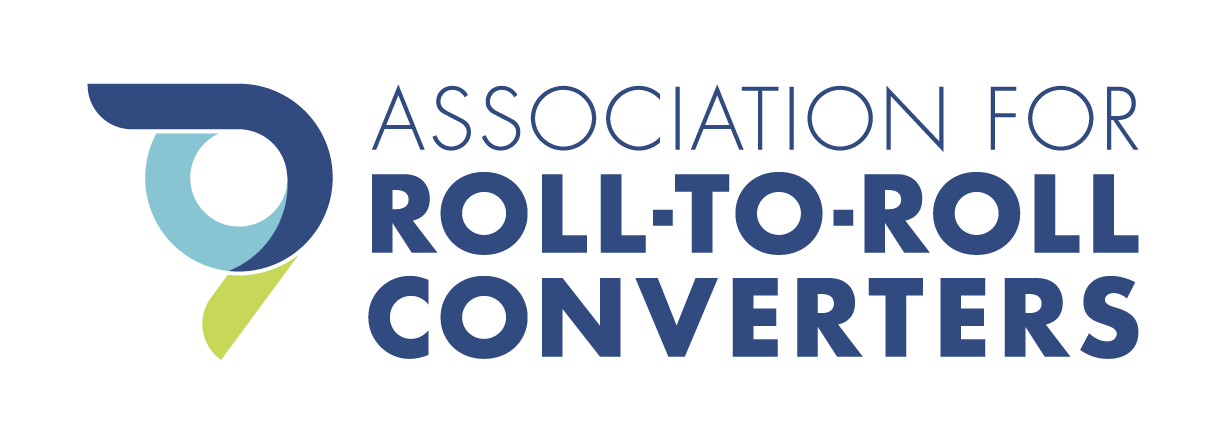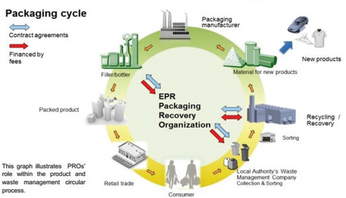Roll-to-Roll Manufacturing of Next Generation Display Devices
Presented by Dr. Neil Morrison, Applied Materials GmbH & Co. KG
Roll-to-Roll (R2R) production of thin film based electronic devices (e.g. solar cells, active matrix TFT backplanes & touch screens) combine the advantages of the use of inexpensive, lightweight & flexible substrates with high throughput production. Significant cost reduction opportunities can also be found in terms of processing tool capital cost, utilized substrate area and process gas flow when compared with batch processing systems. Nevertheless, material handling, device patterning and yield issues have limited widespread utilization of R2R manufacturing within the electronics industry. Recently, significant advances have been made in device patterning enabling the mass production of a variety of flexible electronic devices. These techniques are now so advanced that feature sizes of less than 40 nm can be produced on thin film layer stacks deposited on 50 μm thick polymeric substrates. Significant challenges also exist in terms of the deposition technologies used in R2R manufacture of these devices. Unlike traditional semiconductor or display based cluster tool platforms, R2R systems require to process substrates in a continuous fashion with rolls up to several kilometers in length. Depending upon the process itself, this imposes a limitation in terms of the mean time before cleaning (MTBC) and in some cases the particle management strategy. This has lead to the implementation of “sputter up” configurations in PVD tool designs and vertical web handling in the deposition zones in PECVD tool designs. Applied Materials has developed a variety of different web handling & coating technologies/platforms to enable high volume R2R manufacture of thin film based flexible photovoltaic, silicon based TFT active matrix backplanes and touch screen devices. The work presented in this paper therefore describes the principal challenges inherent to R2R device manufacture such as choice of substrate, thermal budget, layer stack stress, patterning, defects in addition to the strategies used to mitigate these challenges. Furthermore results will also be presented demonstrating the feasibility of R2R in TFT backplane manufacture inclusive device performance data, such as field effect mobility, current on-off ratio, threshold voltage and subthreshold slope.
This post is for paying members only
SubscribeAlready have an account? Log in

